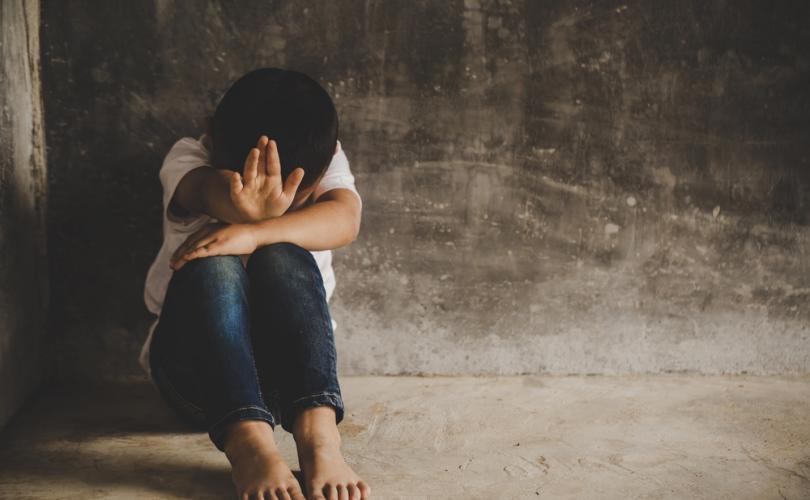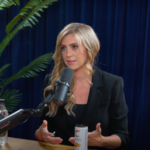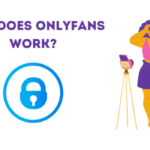Blog Post
Child abuse spikes with a rise in porn-made pedophiles
By Jonathon Van Maren
As the fallout from the revelations that Pornhub has regularly hosted videos of sex trafficking and rape continues, more evidence that pornography is fueling the victimization of minors is emerging. According to an extensive report in The Guardian—the U.K.’s left-wing standard-bearer—pornography has “become a gateway drug into child abuse.”
The report cites the observations of counselor Michael Sheath, a principal practitioner at the Lucy Faithful Foundation who has worked with men arrested for looking at child pornography for decades. “I have been working with men who abuse children for 33 years,” he told The Guardian. “For the first 15 years I worked with child molesters and I still do that, but now I also work with downloaders of child abuse imagery and online groomers.”
For years, experts have been warning that sustained porn use warps the mind and triggers interest in increasingly deviant material. Rates of child porn use have been consistently spiking, as have arrests for child abuse. Law enforcement is facing a surge in porn-made pedophiles—men who have been watching digital porn since eight or nine and were weaned on rape and sexual abuse videos.
“With our cohort of men there are two groups,” Sheath explained. “The first is older men whose sexual education and awakening came before the internet. They will have in the main learned about sex with another person who gives feedback, resistance, encouragement. Before the internet there was a ceiling on how much porn you could consume, maybe your dad had some; you had to go to a sex cinema to watch a film. It was limited in scope and there was a stigma on consumption. For the younger men who had their adolescence after about 2000, men up to 40, they will have watched a huge amount of online pornography before they have sex with a human being. And in my personal view that makes an absolutely enormous difference.”
In fact, criminal sexual behavior is mainstream in porn themes found on any mainstream smut site. “Anything you want to find you can Google,” Sheath told The Guardian. “If you look at the videos on mainstream porn sites you can see ‘teen’ themes, ‘mom and dad’ themes, lots of incestuous porn. It’s pretty deviant stuff. To watch this you have already lowered your threshold of what is acceptable. Porn is an entry drug for a lot of them. There is a school of thought that these men we work with were already interested in children and went off to look for it – that they are born paedophiles. But that’s not my thoughts. I think a lot of the men we work with go down what I call a potentially escalating pathway.”
Those of us who have been tracking the escalating porn crisis for several years will find nothing surprising in Sheath’s report, but there has been resistance to accepting the reality that several generations have now had their sexuality shaped by pornography.
“Mainstream pornography sites are changing the thresholds of what is normal and I think it’s dangerous,” Sheath noted. “Of course most people can watch extreme porn and walk away but I don’t see those people. What we are seeing on a daily basis is the conflation of easy access to hardcore and deviant pornography and an interest in child molestation. The link is unambiguous. Think of young women emerging into the sexual world and meeting men who are into strangulation and anal sex. It’s not criminal, it’s not being reported, but as a social and cultural experience it’s really significant. Is incest porn chipping away at a protective taboo around incest? Probably it is.”
The simple fact is that pornography is mainstreaming dangerous behaviors and pumping poison into our cultural groundwater—and we’ve been ignoring the issue. In the process, we’ve been creating an entirely new category of pedophiles and child abusers by creating widely available sexual material that serves as sex education for young people.
“My earliest clients were child molesters,” Sheath observed. “They tended to have been beaten, abused or have some sort of dysfunction. I’ve found in the last 10 years that increasingly people who view child sex abuse material don’t seem to have that history. They are mundane, ordinary people from all walks of life. They start saying, ‘oh I just clicked, I don’t know why, I don’t fancy kids’, or ‘the children seem to be smiling’.”
“One of the exercises we do is I ask the men to tell me about an image they look at, I ask the girl’s age, I say what do you reckon her name is, what does she like doing at school? They look absolutely horrified. They have never considered it. They are objectifying this child seeing them just as a mouth, or a body part. When I make them think this is a kid who goes to school and has a hamster, has a mum and dad, they don’t like that, it’s painful for them. We can see a huge improvement in insight. They can reach a point where they have more empathy for the child. We have evidence that our work not only reduces reoffending but brings about changes in empathy levels.”
The spike in porn-made pedophiles has created law enforcement problems, as well—Sheath says that police forces have trouble retaining officers to work on the issue due to its fundamentally horrifying nature. “I’m counselling 10 men at a time – and the police are arresting 500 men a month. If they quadrupled the number of police looking at online abuse the number of images found would quadruple. The only limits are the number of officers put on it. Men can reach us by calling our helpline Stop It Now! and they mostly do that after they have been arrested. Our aim is to go upstream to reach out to the population before they get arrested.”
Pornography is a drug, and it is one of the key aspects of our exploding sex abuse crisis. Before we can truly deal with the results of the poisoning, we must shut off the tap. If we are truly committed to protecting children, combatting the porn industry must be the first step.








